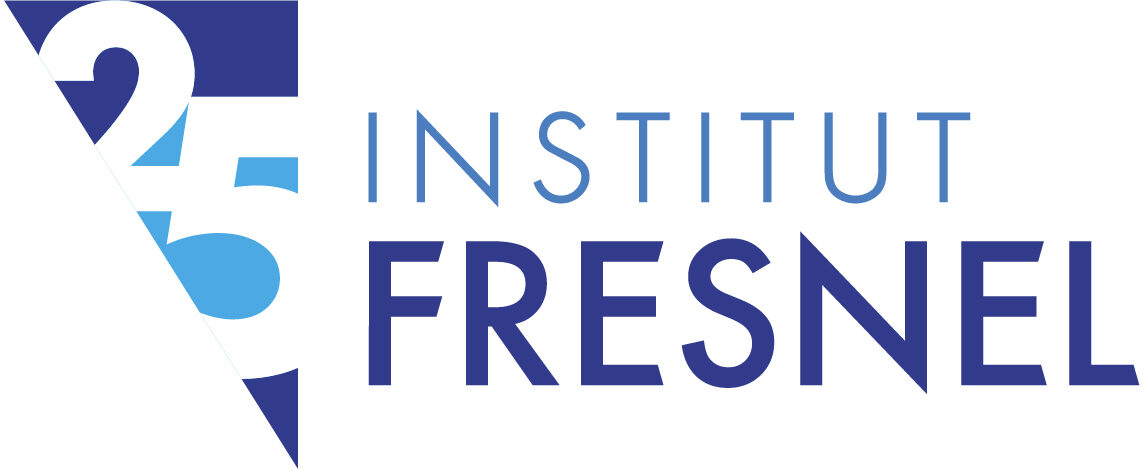Abstract : Using time-resolved magneto-optics ability to disentangle the dynamics of electrons, spins and phonons, we explore their role as the metal insulator transition (MIT) occurring at the Verwey temperature is thermally or optically induced. This MIT is hardly debated since many decades and to go deeper in the mechanisms underlying such transitions, out of equilibrium studies are well suited [1]. A recent picture of the insulating phase has been proposed based on the existence of trimerons network [2]. Through our results, we set the milestone for an all-optical control of this multi-degrees of freedom MIT. In this work, we measure time-resolved (TR) magneto-optical signals in 120 nm Fe3O4 thin films, evaporated on a (100) MgO substrate, using visible pump-probe technique in the Faraday configuration in a systematic approach as a function of temperature and density of excitation. As observed in bulk magnetite [3], we see a drastic change in electrons dynamics behavior as we cross a laser fluency threshold which also depends on the initial temperature. The spins dynamics also demonstrates major changes as Verwey is crossed that is attributed to a non-trivial time dependent effective field reorientation due to structural change at the transition temperature [4]. The impact of the Verwey transition is further confirmed by the step-like behavior at the temperature transition of the main temporal features of both degrees of freedom dynamics. Finally, we will present TR magneto-optical dynamics simulations based on the three-temperature model combined to Landau-Lifshitz equation using realistic Fe3O4 physical constants where we can clearly identify Verwey transition.
References :
[1] S de Jong et al. Nat. Mater. 12, 882-886, (2013).
[2] M. S. Senn, J. P. Wright, and J. P. Attfield, Nature, 481,173-176, (2011).
[3] F. Randi et al. Phys. Rev. B 93, 110 (2016).
[4] V.Halté et al., Photonics Europe, Strasbourg SPIE 2024

